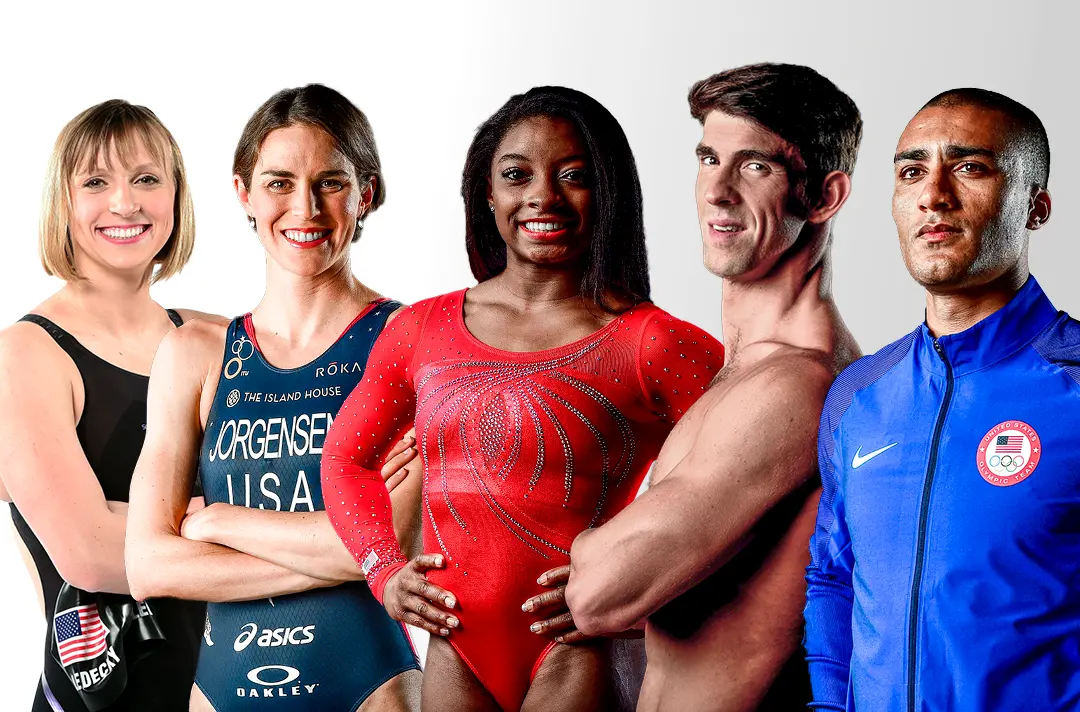The New York Jets completed their first draft under new GM Mike Maccagnan Saturday and though the scouting results won’t be in for several years, the strategy of taking the “best available” player was largely applauded by experts.
With the future of the struggling franchise hinging on their first-round pick, Maccagnan resisted the urge to give up an arm and a leg for QBs Marcus Mariota or Jameis Winston and took defensive tackle Leonard Williams—even though the defensive line is the team’s lone strength.
Hey, you can never have enough good linemen.
After the first round and with many of the “can’t miss” prospects off the board, Maccagnan then went after upgrading team weaknesses—except for offensive line.
Jets took wide receiver Devin Smith in the second round, linebacker Lorenzo Mauldin in the third, quarterback Bryce Petty in the fourth, offensive guard Jarvis Harrison in the fifth, and defensive tackle Deon Simon in the seventh. Meanwhile, he acquired veterans running back Zac Stacy and wide receiver DeVier Posey via trades to round out the haul.





